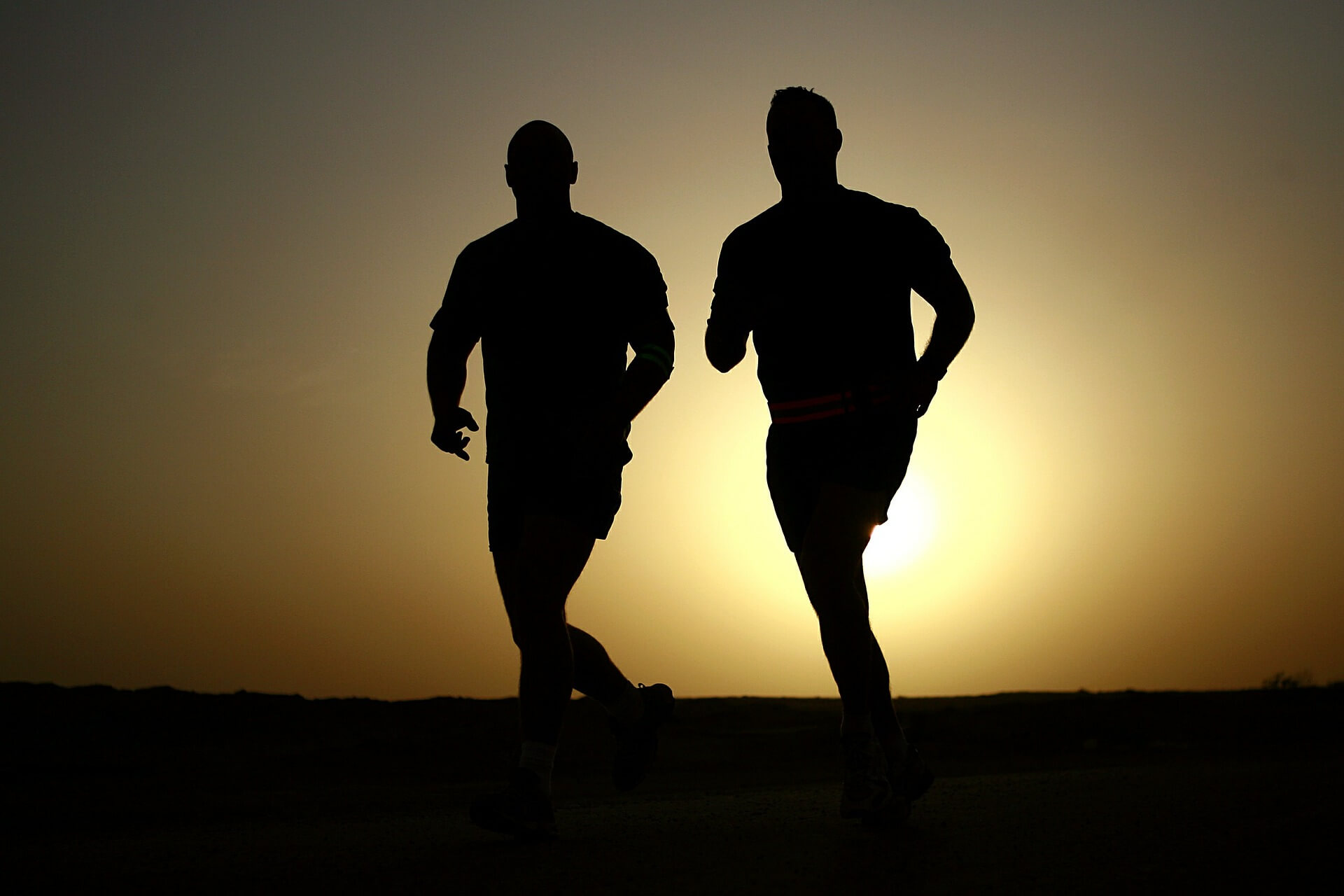What to do after an auto accident
There are few times in life that can shatter our normal world into pieces like an auto accident. Auto accidents can cause bodily injury, stress, anxiety, and in some cases, long term financial litigation problems. There are things that we can do to help avoid getting into an accident but sometimes it is never expected and unavoidable.
WIth an increase in not only the number of vehicles on the roads today but also the amount of distractions drivers face, there is a dramatically increased chance of being involved in a crash.
If an auto accident does happen to you or a loved one, there are steps that you can take to help reduce the stress and general impact of the accident on your life.
Assess the situation
What happens immediately after a crash can impact the situation greatly. Identify if you are in any immediate danger in the vehicle.
This is vital in situations such as being in the middle of a lane or having the car on fire, that you rescue yourself as quickly as possible. If you determine that you are safe, it is usually best to stay inside the vehicle.
Take stock of your injured areas
How injured do you perceive yourself to be? Take note that you are not a doctor so even if you do not feel injured, your neck or back could still have been impacted. Identify which areas of your body hurts, and the intensity of the pain.
Wait for the police
Chances are that someone has called the police but it is typically a good idea to call the police and report the accident .It is important to stay calm and inside your vehicle as you wait for the police and ambulance to arrive. This is even more important if your car has flipped and you are hanging from your seatbelt as releasing yourself from your seatbelt can cause more harm than good. (Remember this is not the movies)
When help arrives, take your time
When help arrives, ensure that you stay calm and explain to them what happened and where you are injured. Use simple language and the 1-10 pain scale to describe your pain. If you have been experiencing any chronic conditions or previous injuries, ensure that you let them know this as well.
Visit your chiropractor
After you have been checked by the emergency personal and your injuries deemed to be minor and are released, be grateful that you were not more seriously injured! Then, make an appointment with your chiropractor, and explain the nature of the wreck.
While you might not feel the full extent of your injuries initially, there are certain injuries that can take days to show up. This includes any impact on bones, ligaments, or joints that might have gone undiscovered initially after the accident. Ask for a complete examination, and talk with your chiropractor about any treatment deemed necessary.
Minimize the chances of a future auto accident
While they can not be avoided, there are measures you can take to guard against another. Always wear your seatbelt, avoid distracted driving (such as cell phone usage), maintain your vehivle especially brakes and tires, and completely understand the traffic laws. Commit to driving at a safe speed depending on the weather conditions, and never, ever drive under the influence of drugs or alcohol.
An auto accident is scary and we hope it never happens to you. By staying calm and following these simple tips, you can minimize the chance of serious injury and return to your normal life quickly.
Recommended Reading
8 ways to prevent shin splints
8 Ways to Prevent Shin Splints Shin splints are typically on of the most common injuries for both professional runners as well as weekend warriors. This pain in the front [...]
Top 6 Ways To Prevent Sleep Deprivation!
Top 6 Ways To Prevent Sleep Deprivation! It’s only 2:00 pm and you are already yawning! It has been three nights now that you are exhausted, but when you try [...]
Chiropractic preferred for disc problems
Chiropractic preferred for disc problems People going to chiropractors for spinal disc problems has been increasing and for good reason. More and more research has shown the effectiveness of chiropractic [...]




